Animal Crossing: New Horizons mostly follows the seasonal shifts in the Northern and Southern Hemispheres. Players can expect lush, green grass in the summer, deciduous leaves changing colors in fall, snow in winter and cherry blossoms in spring. However, some seasonal changes take longer to arrive or last for a much shorter period than players might expect.
Since item and clothing availability shifts according to the seasons — not to mention DIY recipes and materials — it’s important to know when seasonal changes occur in New Horizons. Here’s a breakdown of each season in both hemispheres.
Animal Crossing: New Horizons Blooms Cherry Blossoms in Spring

Spring bugs, fish and sea creatures begin arriving in Animal Crossing: New Horizons on March 1 in the Northern Hemisphere and on Sept. 1 in the Southern Hemisphere. On April or Oct. 1, respectively, some hardwood trees on players’ islands will bloom with cherry blossoms and cherry blossom petals will fly through the air. This happens for just 10 days, which gives players a very small window to collect petals and cherry blossom DIYs, which are mostly found in balloon presents.
Zipper T. Bunny also appears in spring and brings tidings of Bunny Day, which is the Animal Crossing equivalent of Easter. To participate in this seasonal event, players collect eggs and craft special items in order to get prizes from Zipper — who appears to be another, unknown NPC in disguise — on Bunny Day itself.
Northern Hemisphere players will notice that snow stops falling by Feb. 24, while Southern Hemisphere players will stop seeing snow by Aug. 25. This marks the ushering in of spring, although the critters don’t change for a few more days. In spring and summer, players can acquire warm-weather clothes at the Ables Sisters Tailor Shop.
Summer In Animal Crossing: New Horizons Brings Fireworks

Summer darkens the grass and leaves on the trees in Animal Crossing: New Horizons. It also introduces seasonal events, like fireworks in August. Northern Hemisphere players experience summer in June, July and August, while Southern Hemisphere players experience it in December, January and February.
Additionally, players can participate in Flick’s Bug-Off tournaments during the summer months and the start of fall. For Northern Hemisphere players, these take place June-September and for Southern Hemisphere players, they take place November-February.
Animal Crossing: New Horizons Celebrates Fall With Changing Leaves

Leaves and grass begin to change color for fall in September for Northern Hemisphere players and March for Southern Hemisphere players. In Animal Crossing: New Horizons, fall marks the arrival of several seasonal DIY recipes and holiday-based special events for Halloween and American Thanksgiving.
As green grass and trees fade to yellow, then turn orange, then red, the Able Sisters Tailor Shop begins to carry more warm-weather clothes and Nook’s Cranny shifts from carrying rotating fans and air conditioning units to carrying old-fashioned radiators and even space heaters. Meanwhile, players can acquire the Tree’s Bounty DIY set and craft using acorns and pinecones that are shaken from trees. These are available for about three months in both hemispheres.
In November for Northern Hemisphere players and May for Southern Hemisphere players, mushrooms will sprout near trees all over the island. Collecting them daily will allow players to craft special mushroom furniture, as well as a mushroom umbrella and a mushroom wand.
Also in November and March, players can catch maple leaves as they fly through the air, similar to catching cherry blossoms in the spring. These begin to appear on the 16th and stick around for just nine days, so the window to catch leaves and acquire maple leaf DIYs is narrow. Fall marks perhaps the most frequent and noticeable changes to island aesthetics in New Horizons, since the trees, grass, shrubs and hedges slowly change color and so many seasonal resources become available.
Winter Ushers In Snowfall to Animal Crossing: New Horizons

Winter technically starts in New Horizons on Dec. 1, with the arrival of cold-weather bugs, fish and sea creatures. However, players who are hoping for snow as soon as November ends will be sorely disappointed. Much like in real life, the first snowfall in Animal Crossing can be unpredictable, but it typically happens about mid-month. Northern Hemisphere players will see snow starting Dec. 11 and Southern Hemisphere players will see snow starting June 11.
Similar to how players can catch cherry blossom petals and maple leaves, they can catch regular and large snowflakes during snowstorms. These can be used to craft the Frozen DIY items. To acquire these recipes, players need to roll snowballs and build Snowboys; the better the Snowboy, the more likely the player is to get a new DIY card. (Note: Dung beetles can also be seen rolling snowballs, so players can catch and deliver them to Blathers at the museum, or sell them to Flick for Bells.)
In addition to the Frozen DIY set, winter also brings holiday items to New Horizons. Players can craft trees, candles, illuminated reindeer, ornament wreaths and more. To acquire ornaments, players will need to shake pine trees with lights in them (decorated by Isabelle). Northern and Southern Hemisphere players will see lit trees and ornaments from Dec. 15 to Jan. 6.
Finally, players who look up at the sky in winter may be lucky enough to see the Aurora Borealis. This happens between Dec. 11 and Feb. 24 for Northern Hemisphere players, or between June 11 and Aug. 24 for Southern Hemisphere players between 6 p.m. and 4 a.m. (the same window as meteor showers, which can happen anytime.)
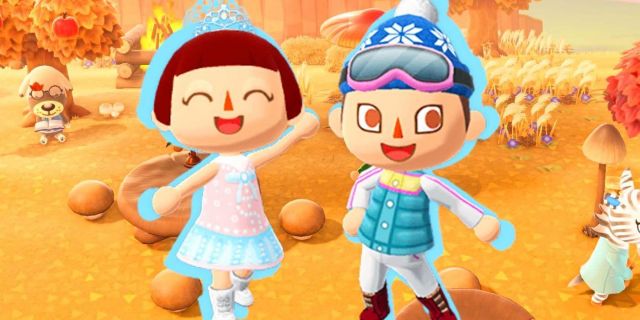
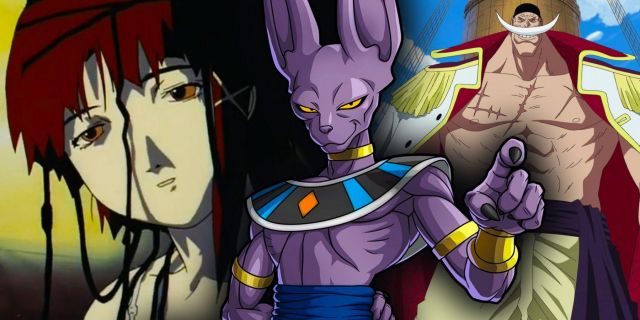


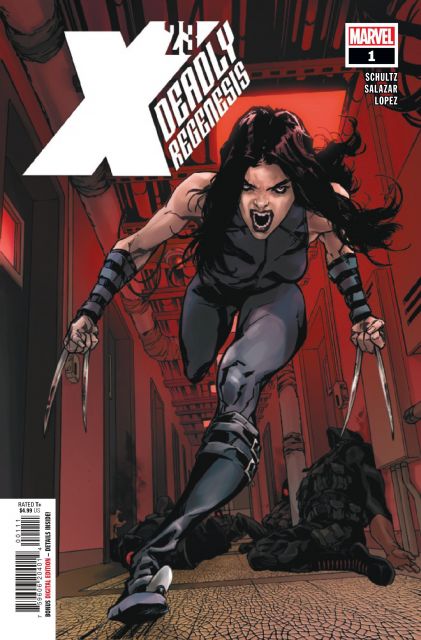
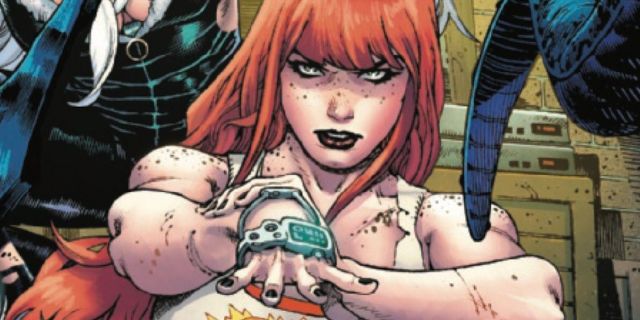
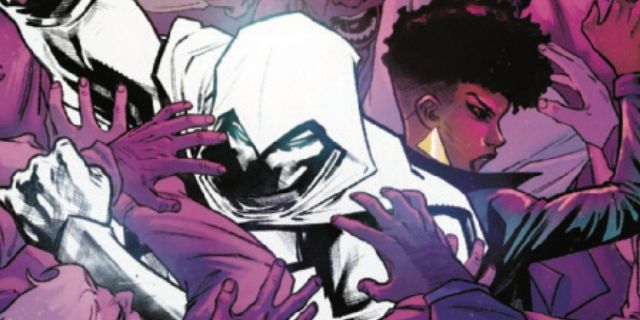


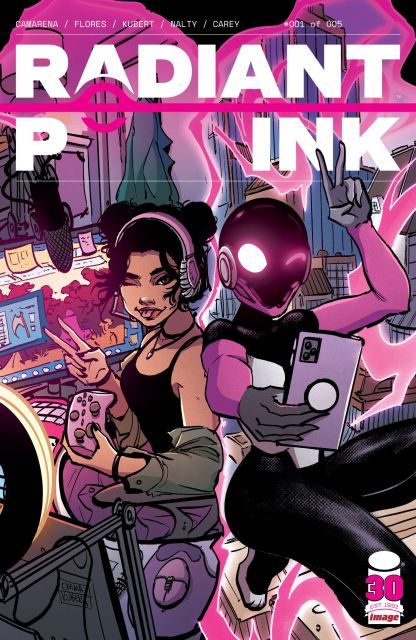





Leave a Reply